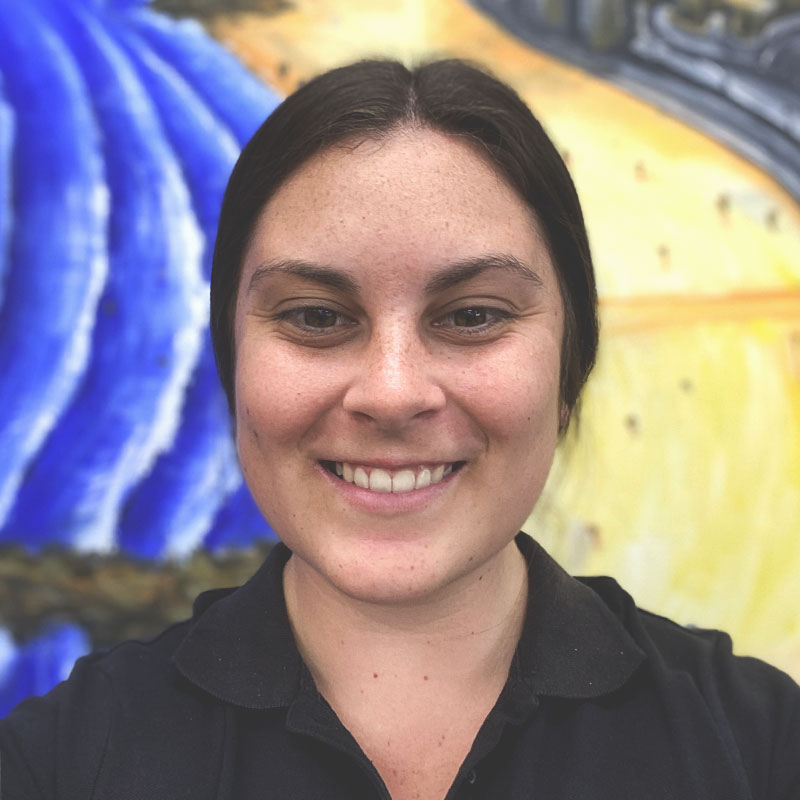Coming out of university I realised I was taught a whole lot of techniques about how to assess the neck but very little on how to treat it.
My impression of neck treatment before joining The Physio Joint was largely on massage of the upper trapezius muscles and gentle rotation of the neck. I knew that massage only provided short term relief and didn’t address the root of the problem but to be honest, I had not much else in my arsenal. This left me feeling wondering on how I was going to really help people and an eagerness to learn more.
That was until I came across repeated retractions (or the chin tuck), learning from Damien Cummins and the Team.
The results I have seen in the short time I have been prescribing them has been quite amazing. Neck pain, headaches, shoulder, shoulder blade, thoracic, shooting arm pain and/or pins and needles have all responded to chin tucks. And when I really thought about it, it’s not surprising why it works from an anatomical perspective.
In general, as a population we are spending more time sitting and are more engaged in our mobile phones and smart devices. The tendency is after a short amount of time to adopt poor sitting postures with a forward head position. This causes the vertebral bodies in the neck to slide forward on each other and after years of poor posture they begin to lose the ability to move to their full capacity. Put simply, your joints in your neck become stiff which causes protective muscle spasm which in the end causes pain.
And this is where the chin tuck comes in. It is basically, the opposite of a forward chin position. It starts to challenge the joints to slide backwards and push into stiffness that has accrued over the years. The more and more you do, the further you’re pushing back into the stiffness. The more mobile the joints, the less protective muscle spasm that will occur, therefore resulting in less pain. What you’re left with is a cervical spine that is capable of moving with far more freedom.





